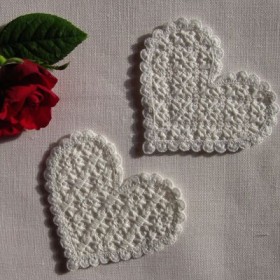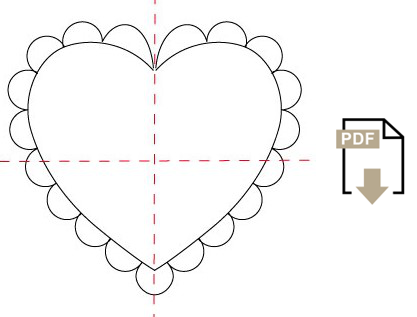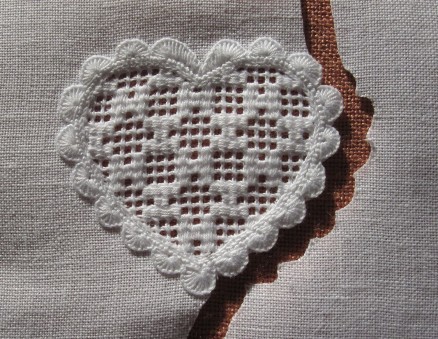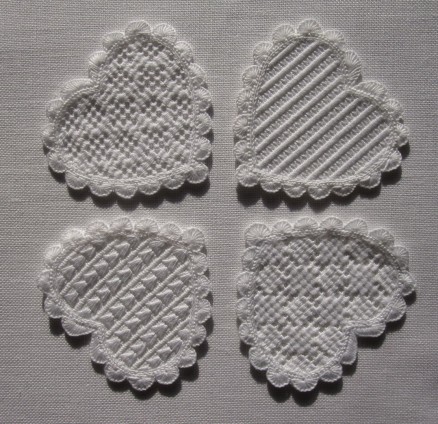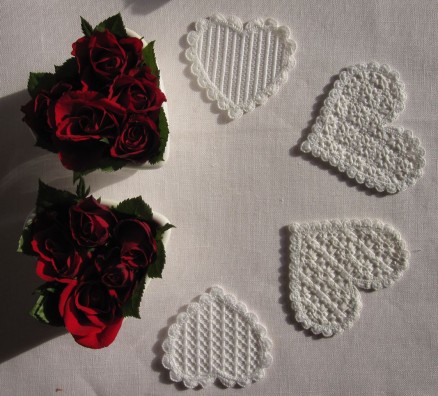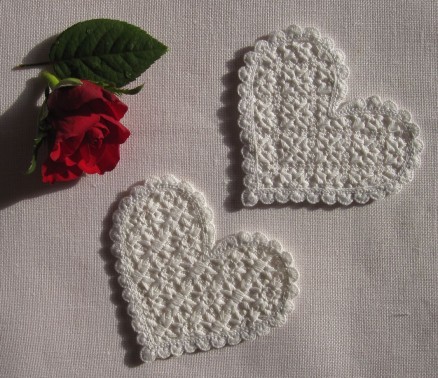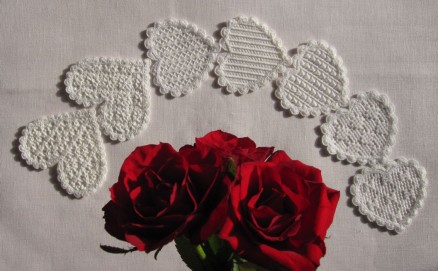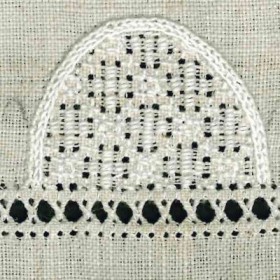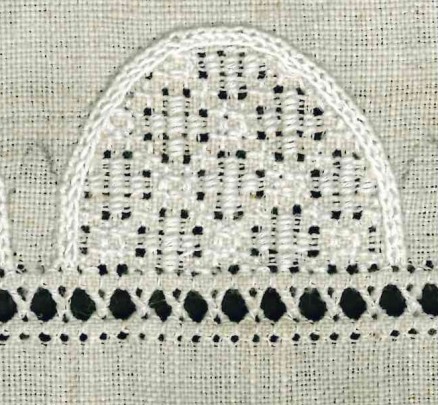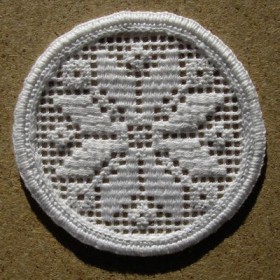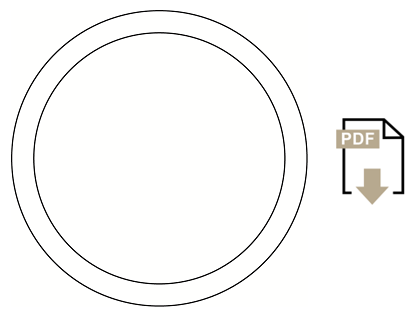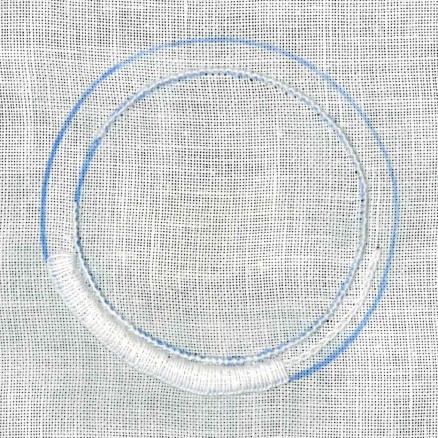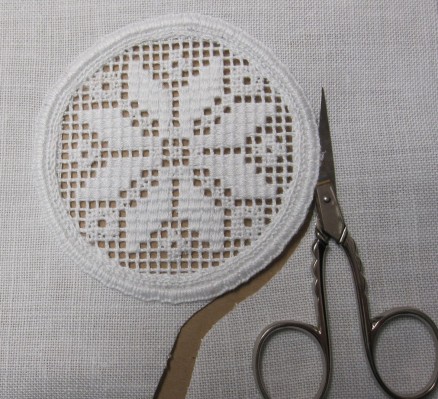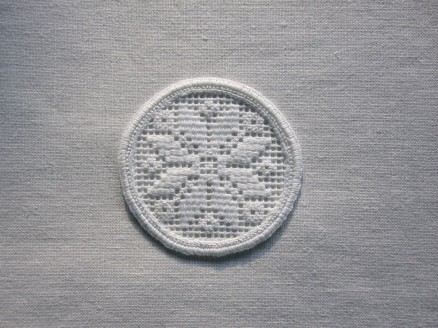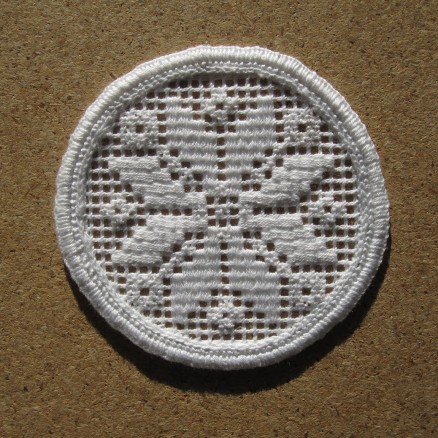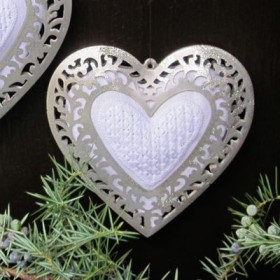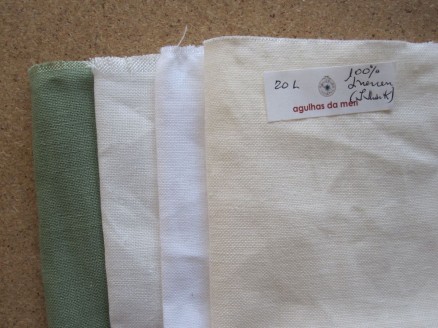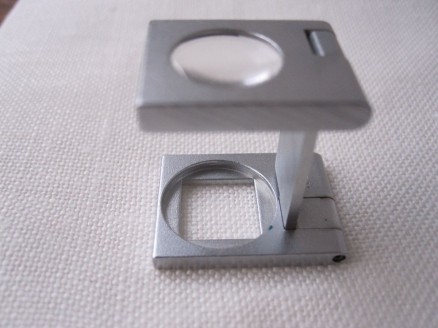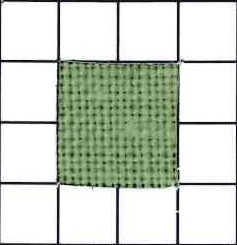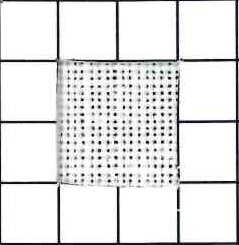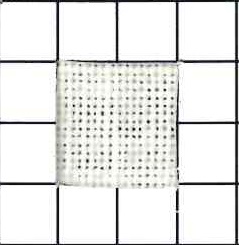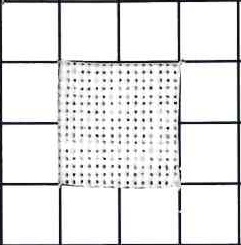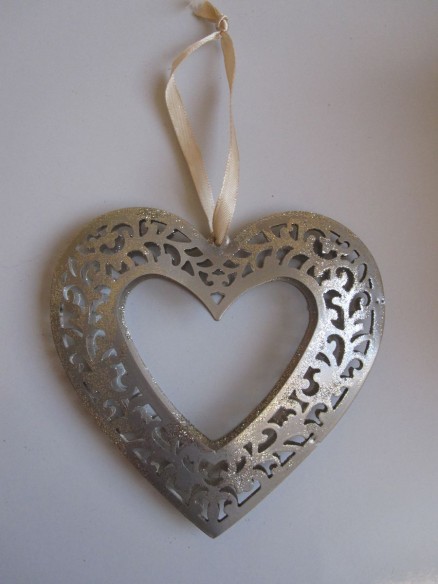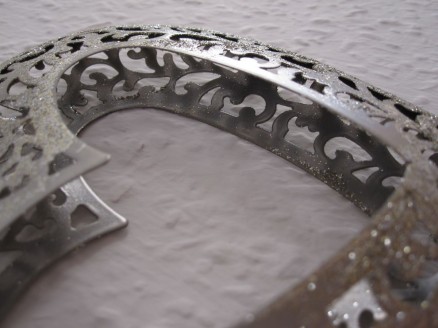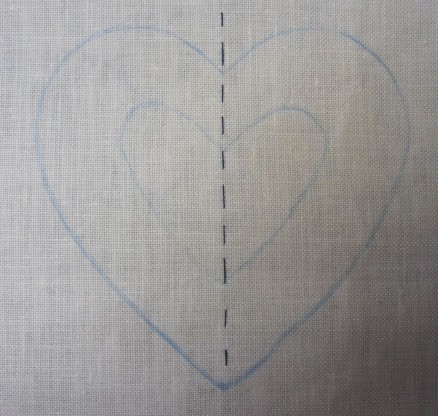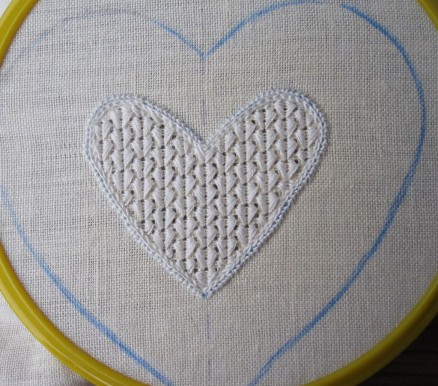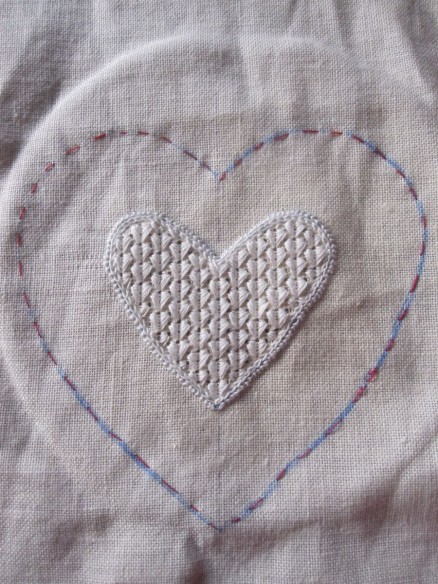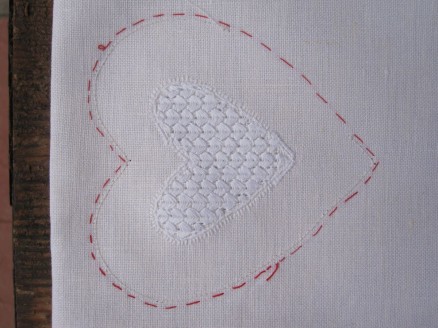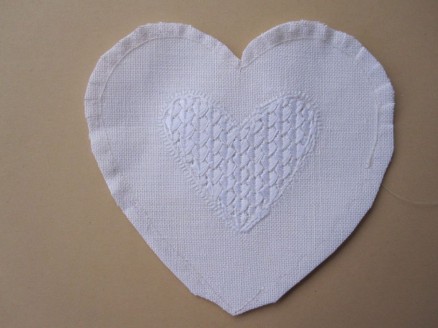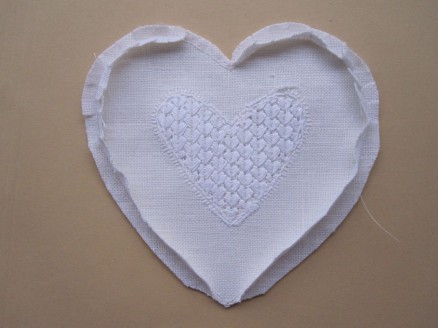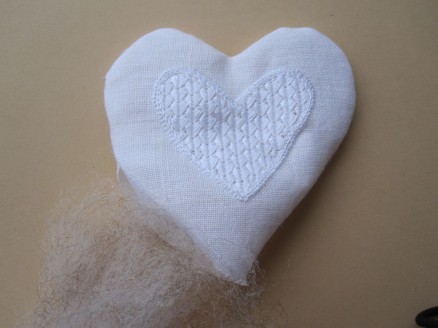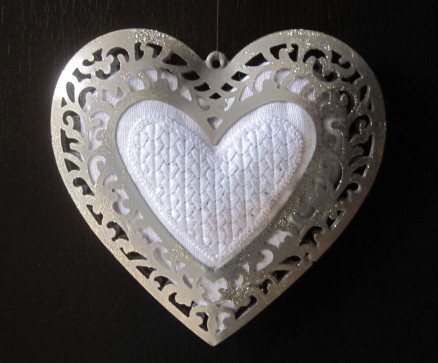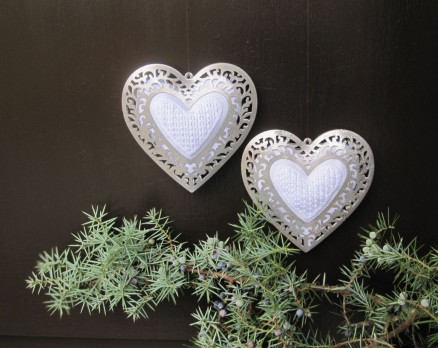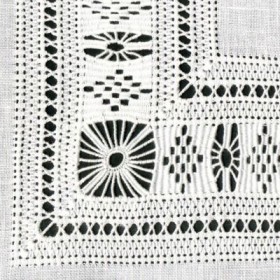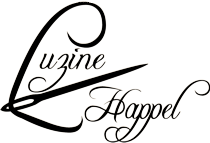The season of Advent has come. The home is brought to a high gloss and decorated for Christmas.
For tables, desks, chests of drawers and sideboards matching cloths and runners are sought out.
Like every year, I go to my linen closet and marvel, again, at how many different Christmas tablecloths I have accumulated. There are far too many to display all at once for the few holiday weeks. There are cloths colorfully embroidered, decorated with Danish or American Cross Stitch, embellished with Satin stitches or needle painting, but lately my collection has grown to include many done in white. The whitework pieces include some done in cutwork (Richelieu), but the majority are drawn thread embroidery in the way of Schwalm whitework.
Then there are the Easter cloths – not quite as many as the Christmas versions , but a sizable stack.
Also, I embroidered Spring cloths and those with autumnal motifs.
So very many different cloths, is it really necessary?
Now I got the idea to make one tablecloth and let it become, with a few interchangeable embellishments, a tablecloth for all seasons. This cloth should get an elaborate hem – perhaps one of them seen below – and remain un-embroidered in the center.
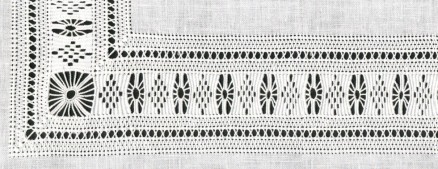
Hem with a mitred corner – combination of Four-Sided stitches, Wave stitches, Peahole and Needleweaving with spider legs
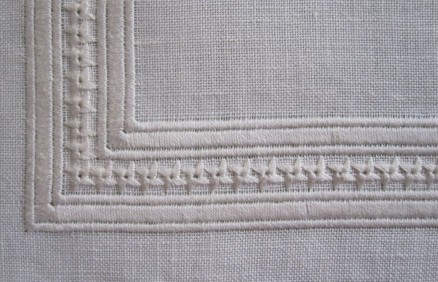
Hem with a mitred corner “Christmas Stripe”
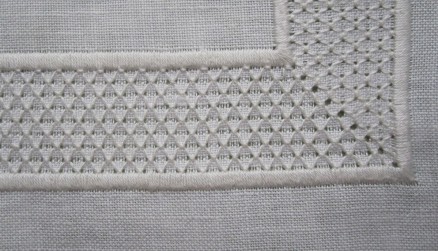
Hem with a mitred corner – combination of Satin stitch bars and Honeycomb Darning stitches
These and many more beautiful hems, more or less elaborate, and with various corners, one can find in my book “Fancy Hems“, described in great detail.
At the time of publication, this book was available only in German. However, it served as inspiration for Barbara Kershaw and her students, all of whom were members of the Embroidery Guild of Toronto. They set out to embroider their own cloths with unique fancy hems. Barbara has written about and published this story.
Some time ago, Barbara Kershaw and some of her students travelled to Germany and visited with me at my exhibition. They told me about their experience and I obtained permission to share this story with you.
For the German-speaking readers, I have made a free translation.
Ganz_spontan_-_Das_Tischdecken-Projekt.pdf
But the many beautiful pictures can only be seen in the original version. Since the file is large, it takes a few moments to download.
Simple_Spontaneity[1].pdf (3.448 KB)
If you have embroidered such a tablecloth with a beautiful edging and want to make it a cloth for all seasons, next year I will show you how you can make it accommodate (via matching accessories) the seasons, and special holidays throughout the year. Be curious and look forward to it!
I wish you a beautiful, peaceful Christmas season with many moments of relaxation and plenty of time for embroidery.
